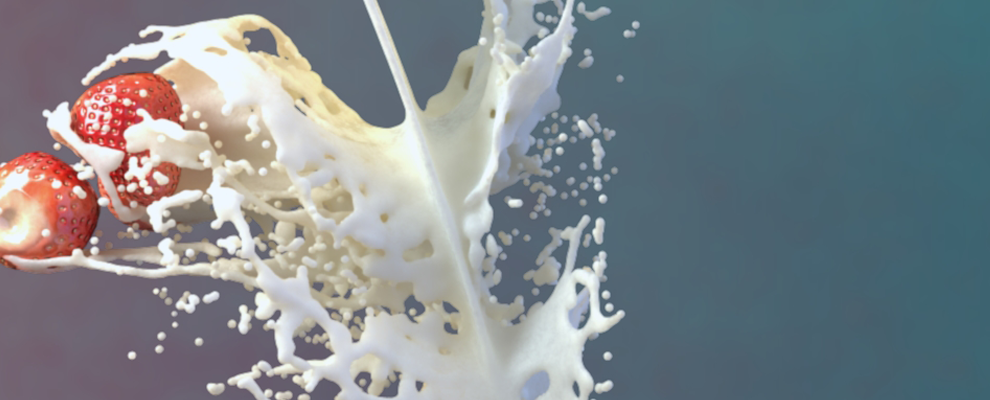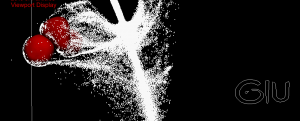Strawberries in Milk Splash
Cusco Fluid Simulation R&D test.
isotretinoin to buy in canada The idea behind this test was to do a high enough detailed simulation in a very fast time. Splashes don’t need to be overboard which is what you often see.
A hero splash in a commercial setting such as this example doesn’t need to be a million particles. That is the level needed for feature film on a water/ocean splash simulation not a yogurt or milk type of splash. So this simulation was done inside the host application 3dsmax using the plugin called “Glu3D GPU”. It’s a fluid solver inside 3dsmax for doing simple fluids but with the power of the GPU for speed.
Inspiration for this test came after viewing this video.
I found on Google: youtube.com/watch?v=FlnFF5z2NYs
Glu3d particle preview. This is only 25% of the particles displayed in the viewport. Faster for making the preview and good enough to see what is going on with this kind of particle count.
This is a viewport preview of the Frost mesh. Again to speed up the preview and to judge what is happening I set the particle count to mesh every Nth Frame only 5% of the particles. This made is much faster to generate a preview that was good enough to see what is going on. As you can see in the preview the High mesh poly count reaches around 900 thousand polys. In the final render the poly count reaches around 4 million polys.
Simulation Specs:
Simulated at 120 FPS
500 frame simulation took 9 minutes.
Meshed the exported PRT with Frost using the Anisotropic method.
Particle count was around 190 Thousand particles at impact moment.
Render Specs:
Rendered with Vray
Using the Vray SSS2 shader for the milk.
The Studio Light Rig for Vray
The render time for 260 frames was about 7 hours on one machine.
Most frames rendered in under 3mins a frame at half HD resolution
Easy over nite render.







